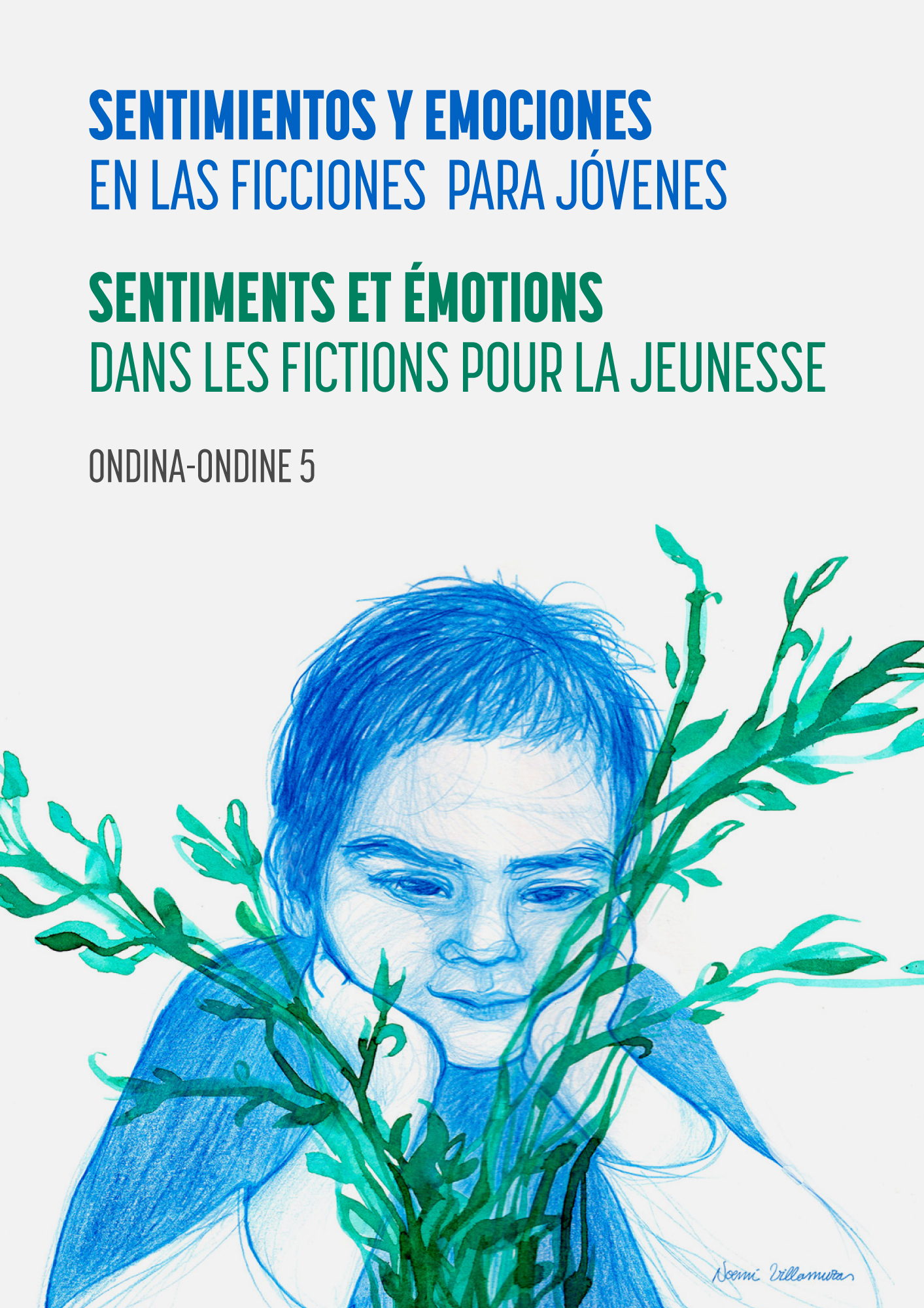Mme D'Aulnoy's tales: from precious love to veiled licentiousness
DOI:
https://doi.org/10.26754/ojs_ondina/ond.202053895Abstract
At the end of the seventeenth century, the fashion of fairy tales spread in French literature. That fashion was available in two aspects: one declined in the masculine illustrated by Charles Perrault’s works, another by female storytellers, the Précieuses’descendants. Among those women Mme D’Aulnoy is the most famous one. The latter published, in 1697 and in 1698, two collections of tales, originally meant for learned adults but which, as centuries went by, were taken over in youth literature,
often to provide for well-behaved girls’ first excitements. Those fairy tales are all love seekers very much influenced by preciosity as well as that what concerns the idea of love as its form of expression. The tale entitled Gracieuse et Percinetis the equivalent of a precious novel in miniature. Yet, beyond this first level of reading, we can distinguish a questioning of preciosity by pastiche or parody, the
illustration of which is the tale entitled La Princesse Printanière. Under the precious expression of love, a veiled licentiousness is then hidden, which often shows thanks to the characters’ animal metamorphosis.
Keywords : love, fairy-tales, preciosity, licentciousness
Downloads
Downloads
Published
How to Cite
Issue
Section
License

Creative Commons License 4.0.
Los autores son los depositarios del copyright Creative Commons
Accepted 2021-01-08
Published 2021-01-12




